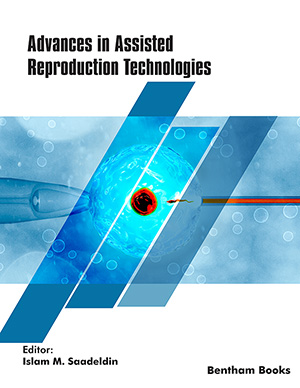Abstract
Aim: In the present study, the phytochemical screening was carried out with the methanolic extract of Ficus auriculata Lour figs.
Background: Naturally occurring phytoconstituents have long been utilised to treat illnesses, and these substances have provided natural product chemists with a source of structural diversity. Natural products are usually cited as a rich source of chemical variations in the search for new pharmacological leads or compounds.
Objective: The investigation of chemical constituents of the methanolic extract resulted in the identification of a novel phytoconstituent, namely, 10-methyl-9,10-dihydroacridin-1-ol (A), with acridine as a basic nucleus.
Methods: The structure of the compound was established by spectroscopic analysis using FT-IR, 1HNMR, 13CNMR, and MS.
Results: The purity of the compound was confirmed by RP-HPLC. Forty-eight known and reported compounds were also identified, along with novel compound-A. Among the forty-eight known compounds, forty-five compounds were first reported in Ficus auriculata Lour methanolic extract and the remaining three compounds (Campesterol, Stigmasterol, and Lanosterol) in the Ficus family. Based on the previous studies, acridine moieties have a significant role in biological activities.
Conclusion: The compound-A, 10-methyl-9,10-dihydroacridin-1-ol was successfully isolated from the methanolic extract of the Ficus auriculata Lour fig. The structure of the novel compound was established by various spectral data obtained from FT-IR, 1HNMR, 13CNMR, and LC-MS/MS.
Others: The isolated novel acridine derivative may be helpful for the development of lead moieties which may have various applications.
Keywords: Ficus auriculata, phytoconstituents, column chromatography, LC-MS, NMR, TLC.
[http://dx.doi.org/10.4314/tjpr.v13i1.14]
[http://dx.doi.org/10.1155/2013/423750] [PMID: 24371437]
[http://dx.doi.org/10.5530/pj.2011.21.8]
[http://dx.doi.org/10.2307/2656726] [PMID: 10991904]
[http://dx.doi.org/10.1186/1472-6882-10-20] [PMID: 20462461]
[http://dx.doi.org/10.1007/978-1-349-15203-2_2]
[http://dx.doi.org/10.1080/10942912.2018.1508161]
[PMID: 20448855]
[http://dx.doi.org/10.1038/s41598-018-22631-z] [PMID: 29531263]
[http://dx.doi.org/10.1586/14787210.5.5.833] [PMID: 17914917]
[http://dx.doi.org/10.1016/j.foodchem.2005.05.001]



























